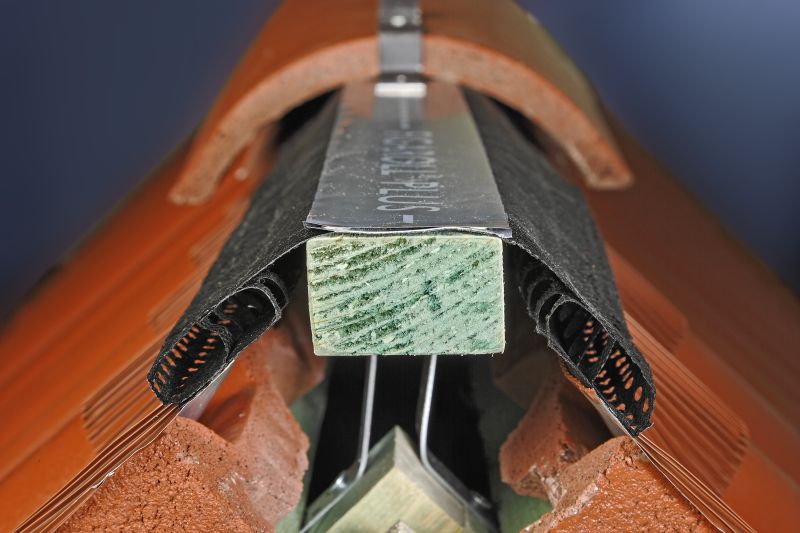

According to the Government website – ‘Your Home’, heating and cooling now account for 40% of household energy costs – build today to save tomorrow on your energy costs.
Generally, humans are only comfortable within a very narrow range of conditions, and depending on where we live in Australia will determine what climate zone we need to build for to make cooling and heating our home as energy efficient as possible. According to an ABC News article called ‘Modern homes trapping heat like a plastic bag’ on Jan ’18, building design in Australia is a real concern in this area. University of South Australia research associate Gertrud Hatvani-Kovacs says Australian homes “behave like a plastic bag and do not let the building cool down, so their energy efficiency can be very counterproductive.”
A major government report looking specifically at this area over the long term – “Energy use in the Australian residential sector 1986-2020 – Part 1 says that “….Of all the major end uses, space cooling is forecast to show the most rapid growth over the study period with an average growth of 16.1% per annum.” Combined with the estimate that at least 50% of our current housing stock will still be in service in 30 years’ time presents a real and confronting issue on energy use and building an energy efficient home today for the future. In a country with capital cities seemingly hitting new high heat records, it seems more important than ever to highlight this area to new home owners in the build and planning phase. “Record warmth in the east made 2017 Australia’s third-hottest year on record” according to the Sydney Morning Herald just last month.
But on a more optimistic note, it is believed that the heating and cooling costs of 40% (referred to above) could be reduced to almost zero in new housing through ‘sound climate responsive design’ and even taking into account current practices, a cut by half to 20% should be very achievable!
Key changes in designing new homes will be crucial to achieve any reduction, and simple initiatives such as ventilation, shading, orientation and reflective barriers can help. Both the home owner and the builder want to achieve gains in the most cost efficient and practical way possible, whilst balancing environmental impact and hip pocket impact, and looking overseas for best practice in building design can be a good place to look to achieve more significant gains in this area.
For instance, there is a crucial difference in how tiled residential homes are constructed across Germany and Northern Europe. It may sound simple at first glance but tests have shown that a ventilated ridge can lead to a reduction in cooling energy costs by up to 43%. In Australia the ridge caps are held in place with mortar and pointing, causing a closed system at the highest point on the roof. Australia is one of the only countries left in the world to still use this method exclusively to finish a roof on new tile homes.
Today virtually 100% of tile homes in Australia have a closed roof at the highest point that traps built up heat ‘like a plastic bag’, pushing it into the living space meaning the air conditioning has to work much, much harder than it should have in a well-designed home.
In Germany 100% of tile homes now use some sort of mechanically fixed ridge system to complete the roof. When this mechanically fixed ridge is ventilated also, it allows heat to escape and prevent a build-up during the day as the sun shines down on the largest part of the home.

Even on second glance it seems simple (and very cost effective). In fact, as this system becomes more popular and well known, home owners are now asking why they have not heard about it before as this is an obvious and easy fix to significantly reducing energy costs in a city that seems to be getting hotter each year.
Rapid Ridge is a new way to finish the roof and it is the only system available in Australia today that has been tested by CSIRO and complies with relevant building codes that allows for an open ridge on a new home. Installation can be completed by mechanically fixing the ridge caps in place in half the time compared to the traditional method, and it is estimated that using Rapid Ridge on new homes can reduce cooling energy use by up to 43% and achieve on average a half a star under NatHers. ‘Your money is better invested in an energy efficient building than spent on heating and cooling’ according to ‘Your Home’ Australia’s guide to environmentally sustainable homes. Who wants to live in a plastic bag anyway?

For more information email info@evobuild.com.au
Links:
